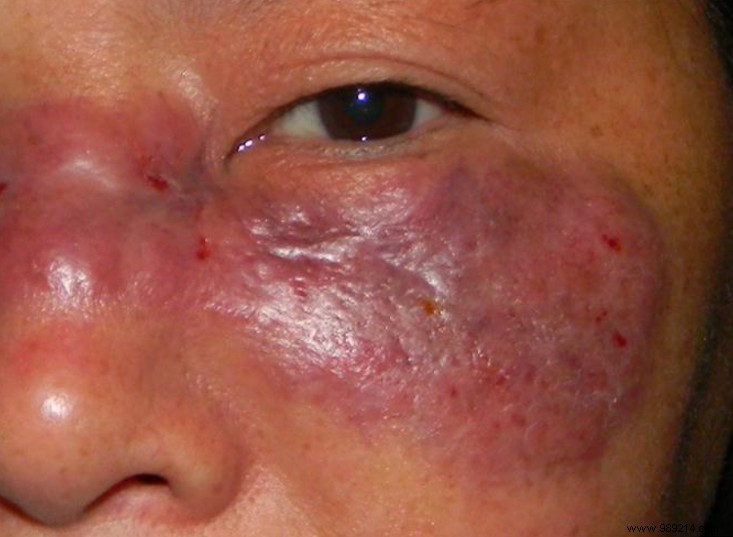As India grapples with a major outbreak of coronavirus cases, a serious fungal infection is resurfacing in the country, affecting patients in remission. The doctors on site are worried and for good reason, several people have already lost an eye.
Just recently, the World Health Organization (WHO) reported the presence of the Indian variant in no less than 44 countries. India, this country to which all eyes are now turned, currently totals more than 23.7 million cases of SARS-CoV-2 infection for nearly 260,000 deaths. As an outbreak of cases currently hits the country, doctors are concerned, as explained in an article published by the BBC on May 9, 2021.
According to Soutik Biswas, correspondent for the British channel on site, recovering (or cured) Covid-19 patients are prey to mucormycosis . It is a rare life-threatening infection caused by microscopic filamentous fungi belonging to the order Mucorales . These fungi are found everywhere in the environment, namely in the soil, on plants, animals, objects and even food. In other words, humans are generally in perpetual contact with these Mucorales and breathe in their spores without even realizing it.
You should know that mucormycosis is none other than the third most common invasive mycosis, after candidiasis and aspergillosis. This disease affects immunocompromised people, i.e. having an immune deficiency or more precisely, an insufficiency of the body's natural defenses. In these people, the fungus can cause a severe infection with a mortality rate of around 70% in the absence of treatment.
In general, this type of mycosis affects the face (nasal mucous membranes), the pharynx and the lungs. The infection destroys the tissues and can cause local infarctions as well as thrombosis. However, the fungus can also be spread through the bloodstream and reach the brain as well as the eyes. Pain, fever, necrosis, purulent secretion, eye and brain damage make up the list of symptoms.

At Sion Hospital in Mumbai (India), the Dr Nair has recently treated 40 people with mucormycosis. However, he had treated less than a dozen over the past two years. The fact is that the coronavirus had infected the patients in the two weeks preceding the fungal infection.
Of these patients, 11 underwent amputation of one eye. These already had diabetic ketoacidosis weakening the immune defences. In addition, they had also taken steroidal anti-inflammatory drugs, the purpose of which is to limit the damage of the coronavirus but which also have the perverse effect of further reducing immunity. For doctors, the combination of these two conditions have been very supportive of mucormycosis.